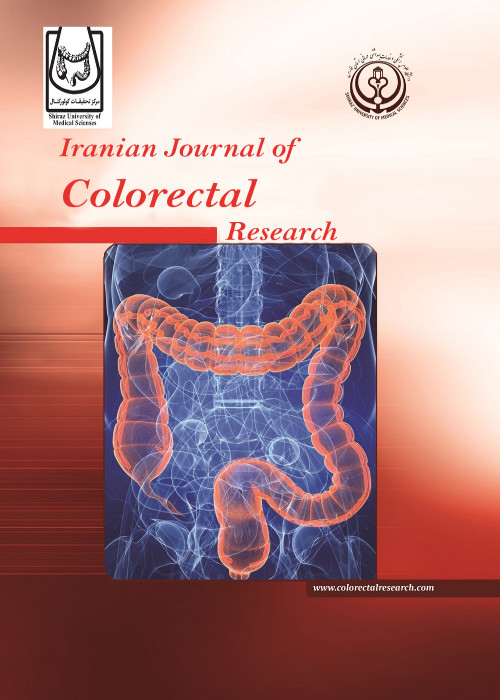Postoperative Empirical Antibiotic Use for Uncomplicated Perianal Abscess and Fistula
Author(s):
Abstract:
Background
Perianal abscesses remain one of the most frequent surgical cases encountered by both general and colorectal surgeons. The use of broad-spectrum empirical antibiotics for perianal abscesses after drainage also remains common, although with questionable benefit.Objectives
The aim of the study conducted was to evaluate the role and efficacy of intra- and post-operative empirical antibiotic combination with a wide antibacterial spectrum for the treatment of perianal abscess and fistula-in-ano.Methods
An observational longitudinal study consisted of 150 patients; 50% of them underwent incision and drainage of their perianal abscess. The rest had fistula-in-ano and were treated with fistulotomy. Patients were prescribed a course of empiric antibiotics at the time of diagnosis. The prescribed antibiotic consisted of two regimes. The mechanism of the first regime was based on inhibiting bacterial cell wall synthesis, whereas the second regime included antibiotics inhibiting protein synthesis of the bacteria. Afterwards, analysis of the effect of postoperative use of empiric antibiotics was performed regarding symptom assessment, recurrence rate of abscess, fistula formation, cellulitis, bacteremia and sepsis.Results
Among 150 patients included in the study, 92% were male and 8% were female. The age range was 20 to 66 years (mean 39.97 ± 0.16 years). Seventy-five of them had perianal abscess and the rest had fistula-in-ano. They were prescribed a course of empiric antibiotics. Patients who had perianal abscess showed an abscess recurrence rate of 10% and 5% after six and twelve months respectively. Perianal fistula formation occurred at the rate of 25% and 5% after six and twelve months respectively when Lincomycin treatment was used. Patients with perianal fistula treated with both fistulotomy and Lincomycin were followed up for six and twelve months. Follow-up showed an 11.42% rate of abscess formation after six months, however no recurrence of fistula was found.Conclusions
The results of this study concluded that antibiotics administered after incision and drainage had reduced the rate of fistula formation, abscess recurrence, cellulitis and sepsis. Our limited patient sampling does not provide a definite conclusion, although it is clear that fistula formation is of clinical importance in the role of empiric antibiotics in preventing recurrence and merits further study. Keywords:
Language:
English
Published:
Iranian Journal of Colorectal Research, Volume:5 Issue: 1, Mar 2017
Page:
2
magiran.com/p1700769
دانلود و مطالعه متن این مقاله با یکی از روشهای زیر امکان پذیر است:
اشتراک شخصی
با عضویت و پرداخت آنلاین حق اشتراک یکساله به مبلغ 1,390,000ريال میتوانید 70 عنوان مطلب دانلود کنید!
اشتراک سازمانی
به کتابخانه دانشگاه یا محل کار خود پیشنهاد کنید تا اشتراک سازمانی این پایگاه را برای دسترسی نامحدود همه کاربران به متن مطالب تهیه نمایند!
توجه!
- حق عضویت دریافتی صرف حمایت از نشریات عضو و نگهداری، تکمیل و توسعه مگیران میشود.
- پرداخت حق اشتراک و دانلود مقالات اجازه بازنشر آن در سایر رسانههای چاپی و دیجیتال را به کاربر نمیدهد.
In order to view content subscription is required
Personal subscription
Subscribe magiran.com for 70 € euros via PayPal and download 70 articles during a year.
Organization subscription
Please contact us to subscribe your university or library for unlimited access!


